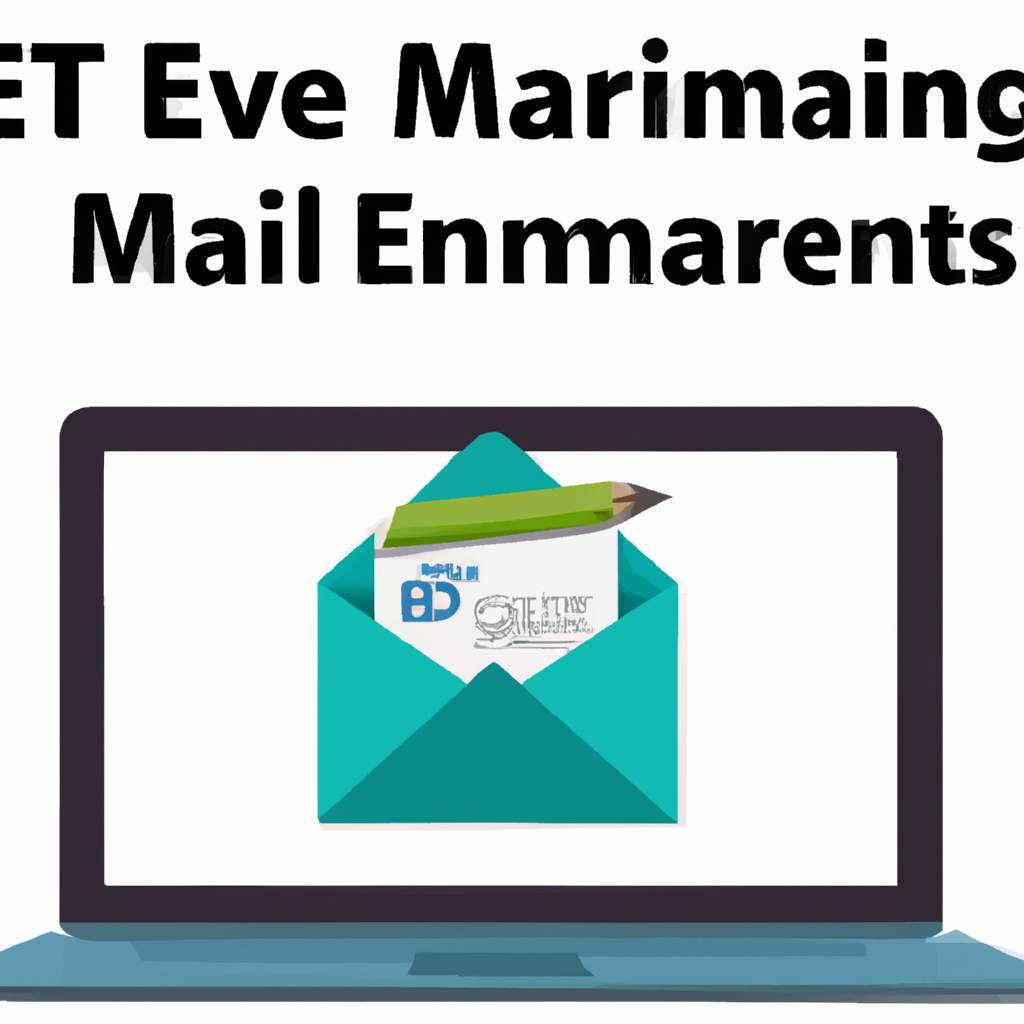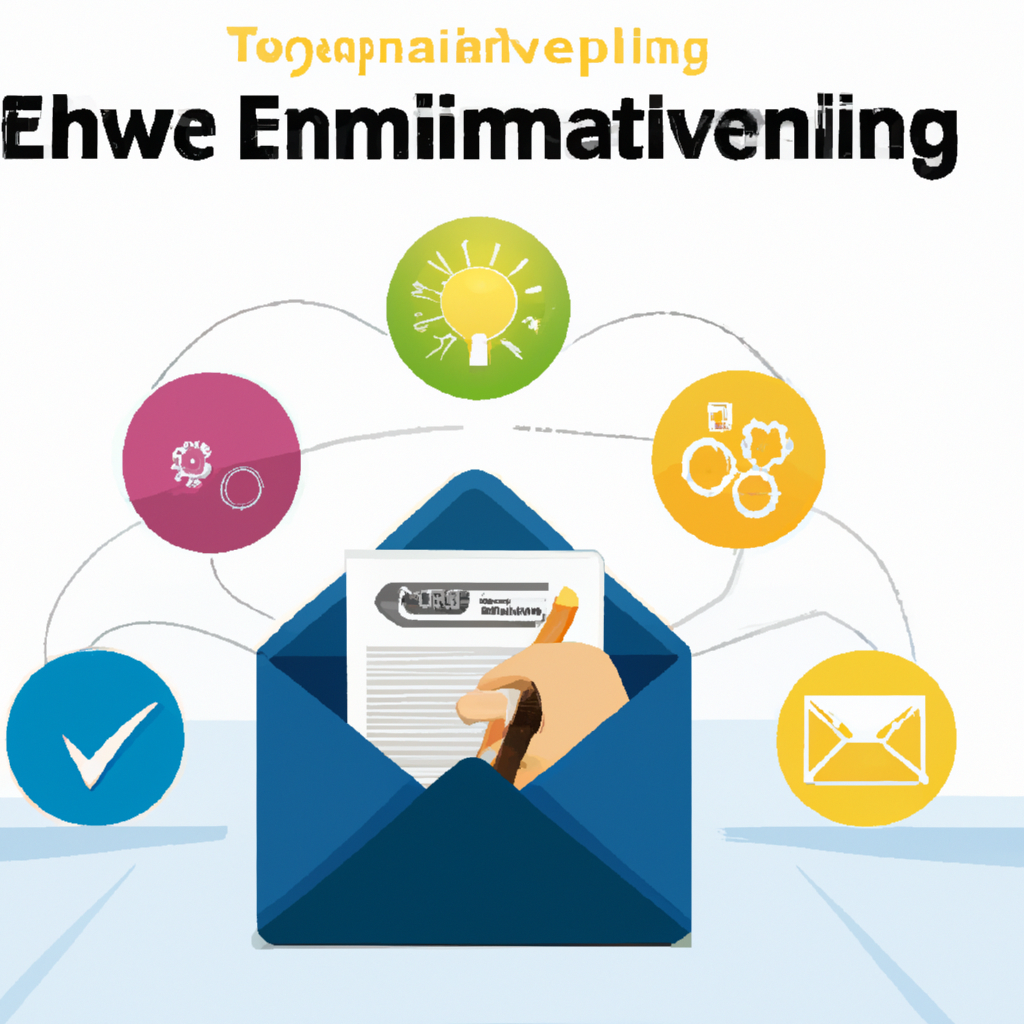Table of Contents
- Email Marketing Tips for Higher Conversion Rates
- Understanding Email Marketing Conversion Rates
- Segment Your Audience for Personalized Messaging
- Optimize Your Email Design for Engagement
- Write Compelling and Relevant Content
- Leverage A/B Testing to Optimize Campaigns
- Use Automation to Increase Efficiency and Relevance
- Monitor and Analyze Your Results
- Conclusion: Key Takeaways for Higher Email Conversion Rates
Email Marketing Tips for Higher Conversion Rates

Email marketing remains a powerful tool for businesses looking to engage customers, promote products, and ultimately drive sales. Despite the rise of social media and other forms of digital communication, email marketing continues to offer one of the highest returns on investment (ROI) among marketing channels. However, achieving higher conversion rates requires more than just sending out emails; it demands a strategic approach, attention to detail, and continuous optimization. In this article, we will explore various email marketing tips that can help businesses enhance their conversion rates.
Understanding Email Marketing Conversion Rates
Before diving into the tips for improving conversion rates, it’s crucial to understand what conversion rates are and why they matter. In the context of email marketing, a conversion can be defined as any desired action that a recipient takes as a result of an email campaign, which could include actions like making a purchase, signing up for a webinar, or downloading a white paper. The conversion rate is then calculated by dividing the number of conversions by the total number of emails delivered, expressed as a percentage.
Segment Your Audience for Personalized Messaging
One of the most effective strategies for boosting email marketing conversion rates is audience segmentation. By dividing your email list into smaller, more targeted groups based on specific criteria such as demographics, purchase history, or behavior, you can create more personalized and relevant messages that resonate with each segment.
- Demographic Segmentation: Tailor your emails based on age, gender, location, or occupation.
- Behavioral Segmentation: Segment based on past interactions with your emails, website, or products.
- Purchase History: Send targeted offers based on previous purchases or browsing behavior.
For example, an online retailer might send different email campaigns to customers who have purchased children’s clothing versus those who have bought women’s apparel. This targeted approach can significantly increase the relevance of the messages, leading to higher engagement and conversion rates.
Optimize Your Email Design for Engagement
The design of your email plays a crucial role in capturing the attention of your recipients and encouraging them to take action. Here are some design tips to consider:
- Mobile Optimization: Ensure your emails are mobile-friendly, as a significant portion of users now read emails on their mobile devices.
- Clear Call-to-Action (CTA): Your CTA should be prominent and clear. Use contrasting colors and sufficient spacing to make it stand out.
- Minimalist Design: Avoid cluttering your email with too much text or too many images. A clean, simple design often leads to better engagement.
For instance, a well-designed email from a travel agency might feature stunning images of destinations, concise descriptions, and a clear, compelling CTA like “Book Now” to drive conversions.
Write Compelling and Relevant Content
The content of your email is equally important as its design. To improve conversion rates, focus on writing content that is both compelling and directly relevant to the recipient. Here are some content writing tips:
- Personalization: Use the recipient’s name and other personal data to make the email feel more personal.
- Value Proposition: Clearly articulate the benefits of your offer. Why should the recipient care?
- Urgency: Create a sense of urgency with limited-time offers or low stock warnings.
An example of effective content could be an email from a software company offering a limited-time discount on a new product upgrade, highlighting the enhancements over previous versions and the deadline to avail the offer.
Leverage A/B Testing to Optimize Campaigns
A/B testing, also known as split testing, is a method where two versions of an email are created to test a specific variable (e.g., subject line, CTA, email layout) and sent to a small percentage of your total recipients. The version that performs better in terms of engagement and conversions is then sent to the remainder of the list.
- Test Subject Lines: Experiment with different phrasings, lengths, and tones to see what resonates best with your audience.
- Test Different CTAs: Try different CTA texts and designs to find out which ones drive more clicks and conversions.
- Test Email Timing: Send emails at different times of the day or week to identify when your audience is most likely to engage.
For example, a B2B company might test two different subject lines to see which one results in a higher open rate for an email campaign promoting a new product feature.
Use Automation to Increase Efficiency and Relevance
Email automation can significantly enhance the effectiveness of your email marketing efforts by ensuring timely and relevant communication with your audience. Automation tools allow you to trigger emails based on specific actions taken by your subscribers, such as signing up for a newsletter or abandoning a shopping cart.
- Welcome Emails: Automatically send a personalized welcome email when someone subscribes to your list.
- Abandoned Cart Emails: Send a reminder email to customers who have left items in their online shopping cart.
- Re-engagement Emails: Reach out to subscribers who haven’t interacted with your emails in a while.
An example of effective automation is an e-commerce store sending an abandoned cart email with a personalized message reminding the customer of the items left behind and perhaps offering a small discount to encourage completion of the purchase.
Monitor and Analyze Your Results
To continuously improve your email marketing campaigns and achieve higher conversion rates, it’s essential to monitor and analyze the results of your efforts. Use analytics tools to track metrics such as open rates, click-through rates, conversion rates, and ROI. This data will help you understand what’s working and what’s not, allowing you to make informed decisions about future campaigns.
- Track Campaign Performance: Regularly review the performance of each email campaign to identify trends and patterns.
- Analyze Subscriber Behavior: Understand how subscribers interact with your emails and your website after clicking through.
- Adjust Based on Feedback: Use subscriber feedback and analytics to tweak your strategy and improve future emails.
For instance, a marketing team might analyze the performance of a monthly newsletter to determine which types of content lead to the highest engagement and adjust their content strategy accordingly.
Conclusion: Key Takeaways for Higher Email Conversion Rates
Improving your email marketing conversion rates is not about making drastic changes but rather optimizing various aspects of your campaigns through strategic

